MAJOR PERSONAL CONFESSION: Well, it happened. I got caught up in the Royal Baby fever along with the rest of the world. I haven’t really been that into the Duke and Duchess of Cambridge – even their wedding didn’t engage me much...
Some of my books on the Royal Family, heavy on Diana. Obsessed much?
As you can see, for years I was obsessed – for lack of a better word – with Princess Diana and the Royal family. Obsessed. I read, and still own, quite a lot of books written about Diana. This mania started before her and Charles wedding and continued after her death. It was always such a fascinating question for me - was their marriage a partnership of love or of duty? I really wanted to know if they were truly in love or were they just faking it for the public? Once the truth finally came out and then poor Diana passed away, my interest in the Royal family slowly waned.
Their wedding day.
The final straw came with Prince Charles' marriage to Camilla - "the Rottweiler" (Diana's nickname for her competition) - I just didn't care for those two. It made me ill that another woman had taken Diana’s rightful place. Couple that with all the revelations of how a 19 year old girl had been used and abused by the Royals just so she might give them an heir, I literally closed the book on them.
The Happy Mother
So, when Prince William got married - I couldn't watch a lot of it, especially with Camilla playing the role of the happy mother. But then, for some reason, I started getting all excited about the baby. I started reading about the Royals again, which then got me started reading about Diana again. I reread Andrew Morton’s book – the newer edition with the actual transcripts of Diana’s taped recordings, and then I started watching old videos about her. This week, I made Elisabeth sit with me while we watched The Queen with Helen Mirren again. Such a great movie!
And then, because I'm becoming all obsessed again, I started thinking about where the Royal Family lives- their castles and mansions, their country estates and the townhouses in the city. I’ve really had my head in the sand for a long while, so looking at images of Highgrove, Kensington Palace and Clarence House seemed fresh to me. I thought it might seem fresh to you as well!
So – in honor of the new baby boy – (was I ever wrong about the sex!) – let’s take a few days and study some English Royal interior design! I have found some really beautiful photographs this past week to share.
Enjoy!!
HIGHGROVE
One of the most interesting English gardens is at Highgrove – Prince Charles’ country house. While looking at estates to buy, one selling point for the Prince was that Highgrove was located a short 15 minute drive from Camilla Parker-Bowles’ own country house, which was perfect for carrying on their clandestine love affair. Another selling point was the trees, especially a 200 year old Cedar of Lebanon which shaded the back side of the house. He bought the 1794 estate right before he married in 1980 and he asked Diana, whom he was just dating at the time, to decorate it for him. He told her he liked her taste. She thought it was very strange that he would be asking her, so very young and barely a steady girlfriend, to spearhead the décor. Nevertheless, Diana hired Dudley Poplak, a designer from South Africa, whom had worked for her mother and sisters and a host of upper crust English families, to do the job. His aesthetic was the quintessential English Country Manor look. Besides Highgrove, Poplak also eventually designed their London home at Kensington Palace.
After Charles and Diana’s divorce – Charles hired the designer Robert Kime to rid Highgrove of all of Poplak’s more feminine touches. In turn, Diana then rehired Poplak to come and refresh and redecorate Kensington Palace to erase her own memories of Charles. After Diana’s death, Kime was again hired by Charles to decorate Clarence House for himself and Camilla when they moved there following the passing of the Queen Mother, who had lived there for decades.
There are so few pictures of the interiors of Highgrove. In fact I’ve only ever seen but a few. I wish they would open the house for a peek at Kime’s work. But in truth, it's not the interiors that make Highgrove important, rather it's the gardens that the Prince has created there.
This is how Highgrove House looked when it was for sale by the son of a Prime Minister of England - Harold McMillan. The house was rather plain and it was totally exposed to the road. There was no privacy and that was a huge concern for the Prince, which he had to tackle first. As you can see, there were no gardens either.
Here at the side of the house is the gorgeous 200 year old Cedar of Lebanon which was the main selling point of the house for the Prince (along with its proximity to Camilla Parker Bowles' country house.) Unfortunately, the majestic tree developed a fungus and was cut down a few years ago. During his stay at Highgrove, the Prince has planted over 10,000 trees.
An early picture of the house shows the front wild flower meadow that had already been planted. The estate and the gardens are managed by the Prince to be sustainable and eco friendly. Everything is reused and organic - in the house and outside it. Pest control is natural - by predators. Rain water is collected for irrigation. Raw sewage from the estate is filtered through a series of plants and reeds and is then reused on the property. There is a walled kitchen garden where some nearly extinct fruit and vegetables varieties are grown.
In this photograph, the facade of the house had not yet been changed. Over the years, the Prince added balustrades, shutters, a pediment and classical pilasters to the house to soften its exterior. A one story annex was also added for staff.
Here you can see the difference in the facade with the pediment, the pilasters, the balustrade and shutters. Besides Highgrove House, the Prince's Duchy of Cornwall also owns a large nearby farm.
.
It's amazing how much prettier the exterior is now with addition of the classical elements. The house seems like it has always looked this way.
The front gravel drives circles around. I love the front porch and portico.
A view at sunset.
The house is quite modest when compared to the Queen's country estate - Windsor. The big question is - when the Prince becomes King, will he turn over Highgrove to Prince William and move to Windsor? Or will he stay here instead?
A watercolor that shows the layout of the garden and house.
One of the first gardens planted was this one at the side of the house. The great gardener the Dowager Marchioness of Salisbury helped the Prince at first. She designed the hedges around the property to shield the house and created this rose garden with a sundial at its center. The garden later was changed into a black and white theme, and still even later, more colors were added by the new gardener Debbie Goodenough.
One the most spectacular gardens installed by the Prince leads off the back side of the house. It's the Thyme Walk with the large golden yew bushes that are trained into strange shapes. Here is a very early photograph of the Thyme walk garden when the yew bushes were not shaped. The yews were one of the only garden elements that came with the house. The Prince was advised to cut them down, but he refused and ended up creating the most iconic garden at Highgrove based on these yews.
And another early view when the yew bushes were first being clipped into their wonderfully odd shapes.
Leading into Thyme Walk is the Terrace Garden that is off the Prince's office. Here French doors are held open to the Terrace by a pair of blue and white garden seats. This is one of the few interior pictures of the house published, though it's not even an interior! The prince explains that once he was settled into the house he realized how flat the land was - and thus, the gardens needed to have vistas, a place for the eye to travel along. Many of his gardens are built along sight lines, such as this one.
A close up of the beautiful fountain at the Terrace Garden that leads to the Thyme Walk. Gorgeous.
At the Terrace Garden, the great Cedar of Lebanon was cut down a few years ago after it developed a fungus. In its place the wooden pavilion was erected over the stump.
The Wooden Pavilion from the other side of the garden.
A close up the structure with the hole at the top that will allow plant growth to come through it. One branch remains from the cedar which is seen to the left of this structure.
Winter view of the Terrace Garden and the Wooden Pavilion.
In this beautifully atmospheric photograph, you can see the two matching garden summer houses that sit on each side of the Terrace Garden. The Cedar of Lebanon is still alive here. The Terrace Garden leads to the Thyme Walk, the most popular and well recognized garden at Highgrove. The hornbeams planted around the yews are still quite young in this photo. This is the view taken from the Prince's bedroom window.
A rare photograph of the only landscape that came with the house - the pudding balls - or yellow yews. From this boring design, he created a masterpiece with the Thyme Walk.
This looks like a late fall view of Thyme Walk. Notice you can see the blue and white garden seats at the French door!!
A more recent view of the Terrace Garden and the Thyme Walk in the back. Again, the two charming summer houses are seen here. The hornbeams have finally grown out and display a very rectangular shape when seen from above.
Here in this Google Maps view, you can see the hornbeams - how rectangular they are in shape, along with centered square shapes. The yellow yew bushes are barely seen.
The shapes are quite amazing. The gardeners were told to let their imaginations run wild when they were clipping the shapes. Something to try at your own house if you have a large yard?
There are over 20 varieties of the scented thyme planted in the stone walkway. The yews are over six feet tall and this photograph gives you an idea of how tall they must look when actually walking down the path.
This is the only photograph I could find of the small garden with a water fountain that sits at the end of the Thyme Walk.
Past the small enclosed garden with the water fountain that lies at the end of the Thyme Walk is this statue, which opens onto the Meadow Garden.
The Meadow Garden is another popular part of Highgrove. The meadow lies from the front of the house to the side. It blooms in spring and in summer is mowed down by hungry sheep.
The meadow changes over time. Different combinations of seed have been developed over the years.
A recent photograph of the Meadow Garden. Sheep are brought in to cut the meadow down during the summer.
Leading up to the side Rose Garden, a pathway is mowed in the Meadow Garden. Love the wisteria growing on the house.
The seeds from the various meadows are sold at the Highgrove shop and online. Over the years the meadow has changed and evolved. Order the mix here.
A close look at the gates the lead to the Rose Garden with the Prince of Wales Feathers heraldic badge atop it. Notice how the hedges have half ovals cut into the tops of them.
Throughout the gardens there are surprises everywhere, like this small gate.
Past the Meadow Garden is the Walled Garden where vegetables and fruits are grown, organically, of course. Many of these apples are quite rare and some were near extinction. The brick wall warms in the sun and provides needed heat for the pears and apples that climb on it.
The Italian Fountain in the Walled Garden. Seen from above the Walled Garden's beds were designed to look like the Union Jack flag.
Close up of the moss covered fountain.
Throughout the gardens are busts and statues. Many busts are of the Prince, given as gifts, and some are of people that he admires. Here is a statue of Prince Charles beloved dog Tigger. See, he does have a heart after all!
Prince Charles hired the famous gardeners Julian and Isabel Bannerman to create the moody and dark Woodland Garden, along with the Victorian Stumpery. Here the team designed two temples out of green oak, made to look like stone.
The Stumpery is filled with....stumps and hostas and ferns which grow from the stumps themselves. When Prince Philip first saw this garden he asked Charles "when are you going to set fire to this lot?" But, the recycling of tree stumps which create new life is at the heart of his gardening principles. The stumps come from felled trees and the rare hurricane.
Flowers growing in the dark garden.
In the background is a tribute to the Queen Mother.
The swampy, boggy pond in the Woodland Garden with a stone fountain where gorgeous gunnera leaves grow out of the top.
Another view of the boggy pond.
The little princes William and Harry played in this treehouse which originally was the Prince's from Hollyroodhouse.
Inside the treehouse is a tea set.
A newer garden is the Carpet Garden, designed by the Prince whose inspiration came from Turkish carpets found inside Highgrove House. The garden was first exhibited in the prestigious 2001 Chelsea Flower show. It was then dismantled and permanently installed at Highgrove.
Another early garden is the Cottage Garden which has evolved over the years. The catalpa tree found here was given to the Prince for the 50th birthday by Elton John.
A new addition to the Cottage Garden is this summer house designed by the Prince and built at Highgrove using felled oak trees.
To the east of the house is the Arboretum built in 1999 to mark England's Millennium. There stands a Cotswold stone tiled roof cottage where the Prince goes to water color and think. No one is allowed in this house except for him. It's the only place on earth where he has complete and utter privacy.
Another view of the Arboretum Garden taken during fall.
The Orchard House were events are held and guests are entertained.
For many years, the house and gardens were a favorite family getaway from London. Eventually Prince Charles started spending most of his time here alone - away from Diana and close to Camilla, who acted as the hostess of Highgrove, years before the divorce.
There was even a swimming pool for the boys - charmingly set behind a picket fence.
There are very few published photos of the inside of Highgrove House- unfortunately! After the divorce, Prince Charles hired Robert Kime to come and redecorate everything that Diana's designer Dudley Poplak had installed. Gone were all the pastels and instead the more masculine vibe from Kime took over. In this small picture from a video, you can see Prince Charles study. The French doors open to the Terrace Garden which leads to the Thyme Walk. This is where the doors are held open by the blue and white garden seats. I'm sure that the curtains are a Kime fabric, but I can't get a close enough view to see it in order to name it.
In this awful photograph - you can see the sofa, typically Kime, with an ethnic array of fabrics installed on it. Beautiful oil above the sofa.
From this video, it looks like the decor is typical English Country Manor. Lots of blue and white porcelains with ethnic fabric and linen prints. There are oil paintings on the yellow walls and Oriental carpets on the floors. On his messy desk, he uses baskets to hold his papers.
This terrible photograph from another video was taken in aaa ground floor room. This room is pretty awful looking. Not sure what that wall hanging is???? But the bones of the room are lovely with the paned window door, stone fireplace, and wood floors.
But in this closeup of the curtains - so exciting! Robert Kime's Tree of Life fabric hangs in the window.
I love this fabric - here shown in small, medium and large detail. And it is online, if you wish to have your designer order it for you HERE. This linen fabric is based on an original 17th century Edwardian specimen. You know the old adage - if you have to ask how much Kime's fabrics are, you can't afford them. Yikes!!!!!!!!!!!!!!!!! They are expensive!!!!!
Still, it gives me a tiny thrill to know that Prince Charles and I like the same fabric. Unless Camilla picked it out and then - well, forget it! I hate it!!!
I had originally planned to show more royal residences in this story, but it just got too big. So...bear with me. I'm going to spend a little time and break the stories up a bit. I hope you enjoyed this first installment on Highgrove House.
As for the new baby! How many guessed the sex right? I was totally wrong, though I did say Kate looked like she was carrying a boy. Now just waiting to see how wrong I was on the name!
To me, the baby looks exactly like Queen Elizabeth. I got the giggles looking at the new baby - he really looks like his great-grandmother! Don't believe me? Look here:
I mean - dead ringer. The Windsors must have some strong genes - which obviously they do! The Queen looks exactly like another great grandchild - her son Prince Edward's daughter Lady Louise.
Lady Louise on the left and her great grandmother Queen Elizabeth at the same age on the right. Dopplegangers!
All I can say is I'm glad I don't look like my great grandmother!!


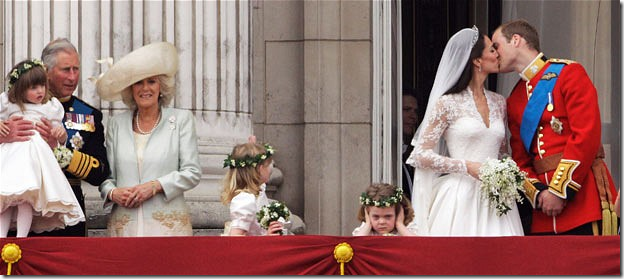




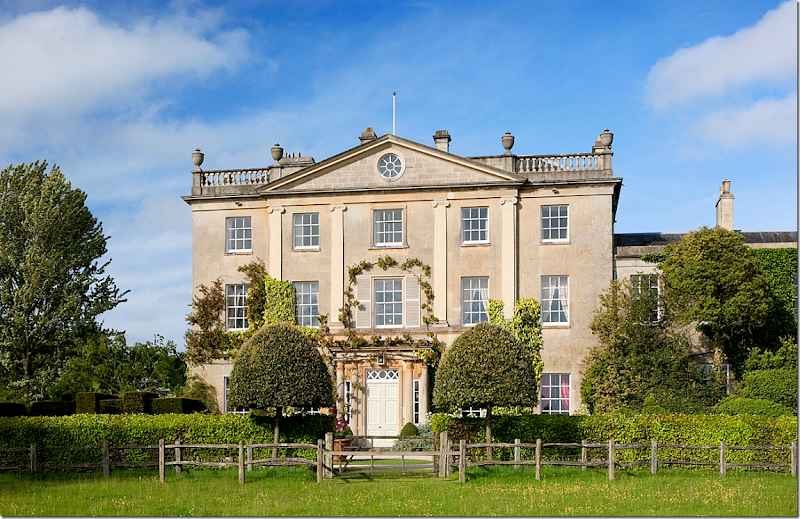
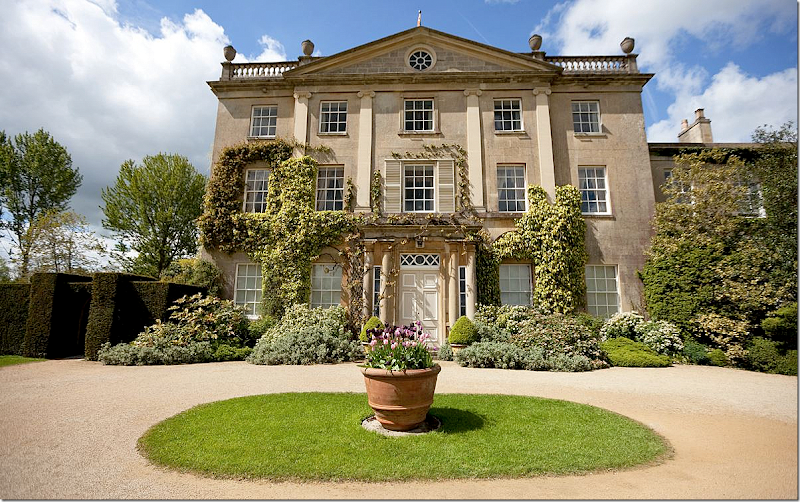
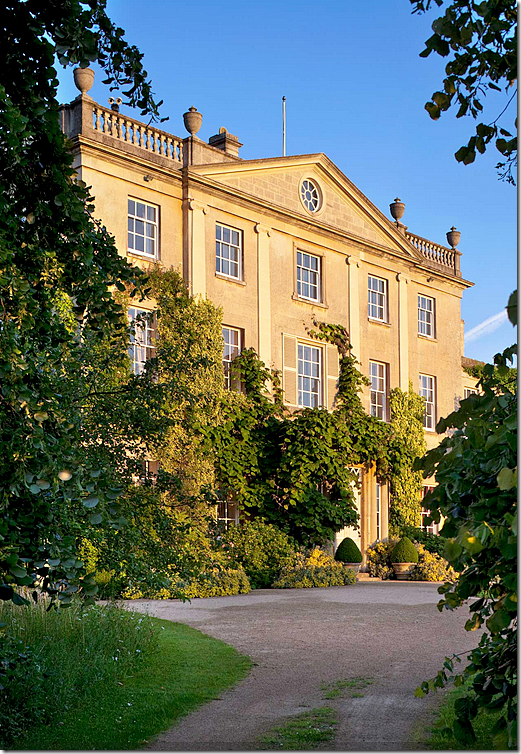



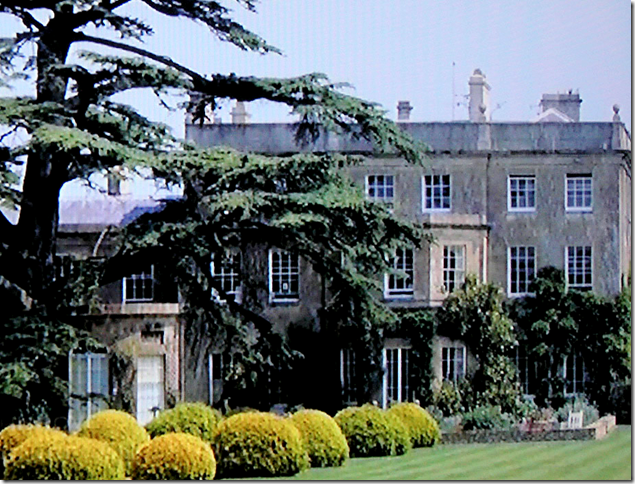


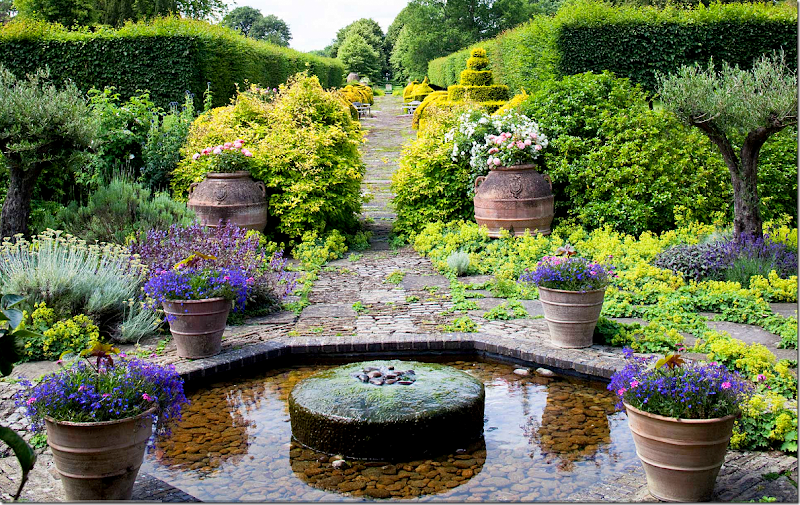


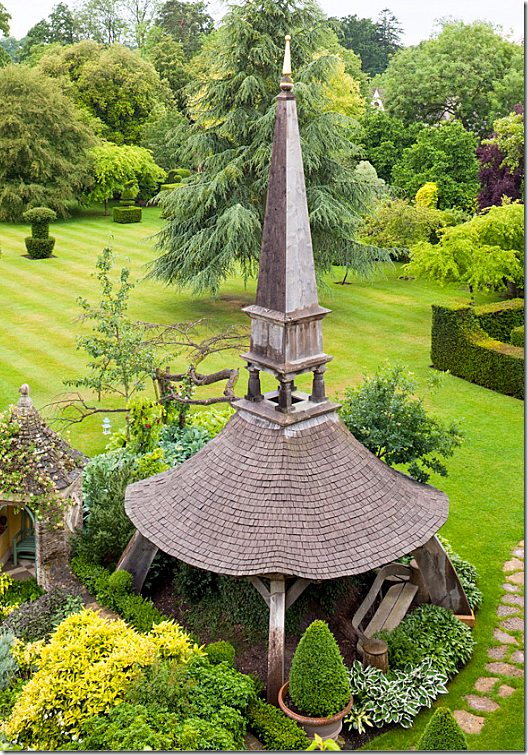

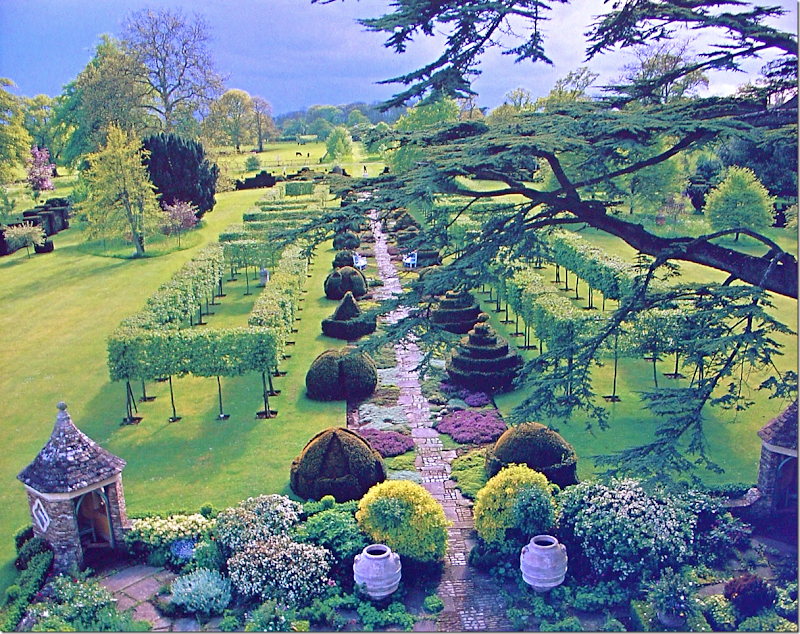
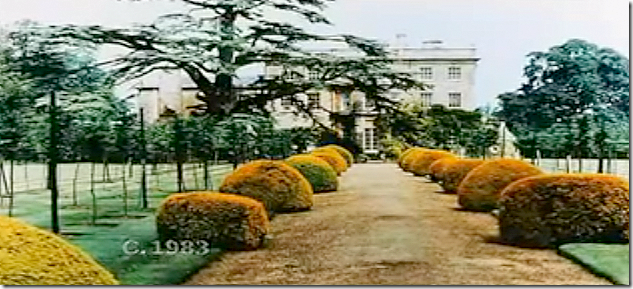

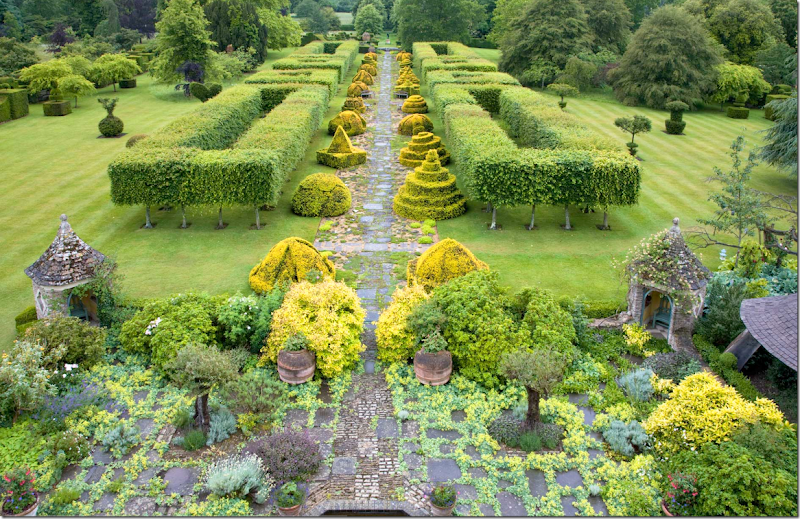

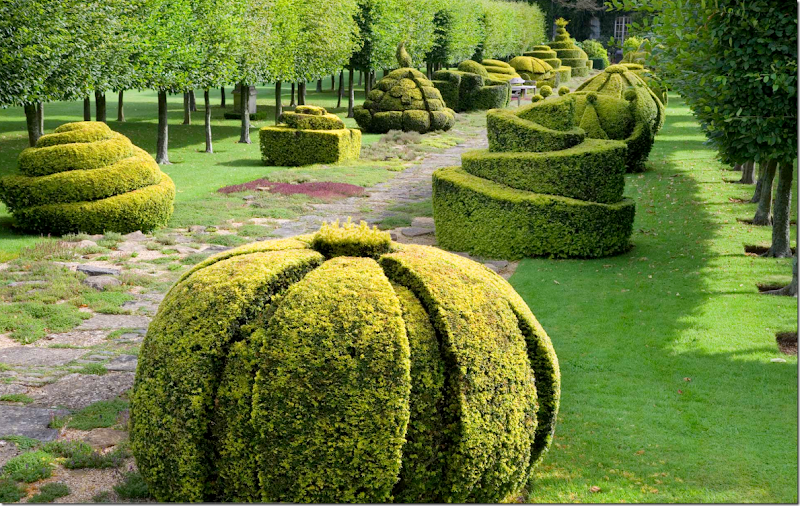
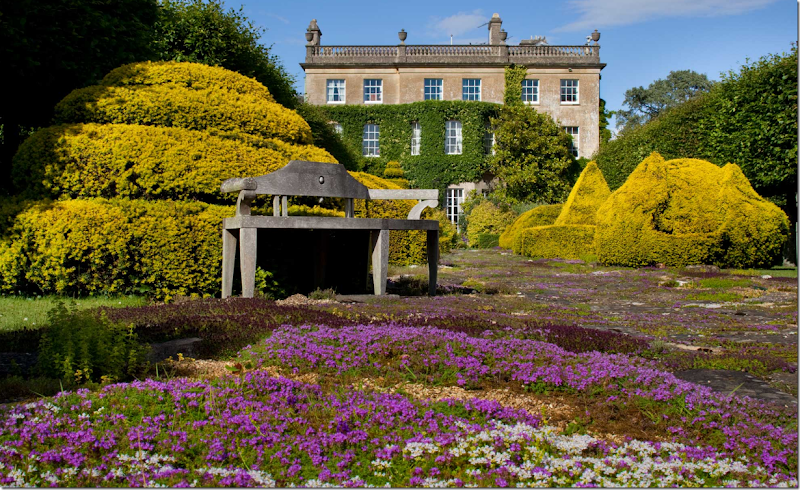
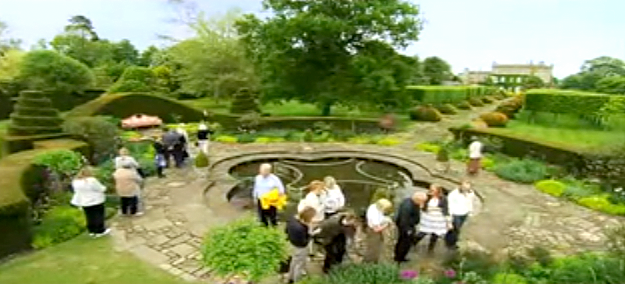
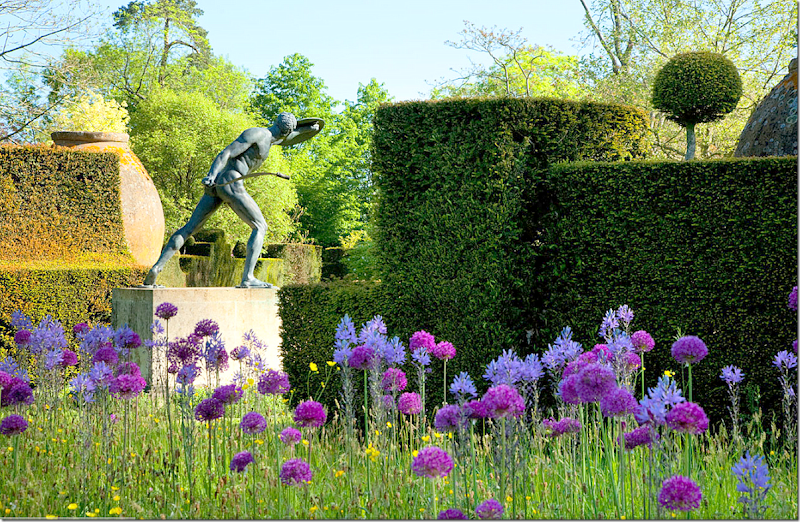
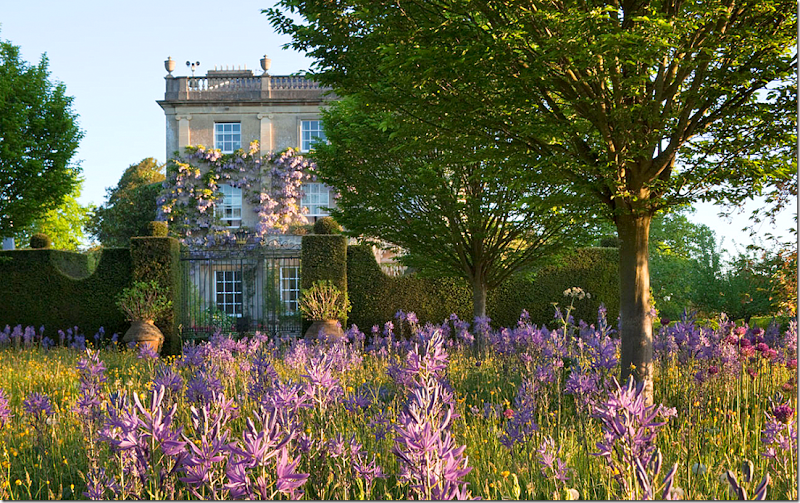



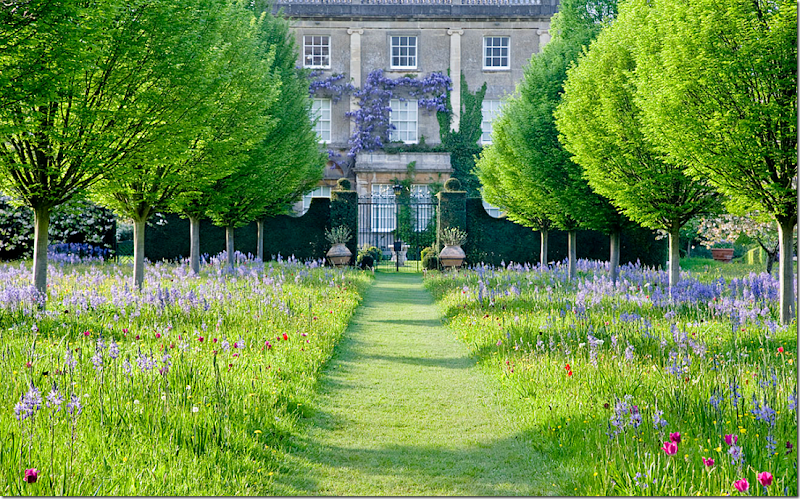
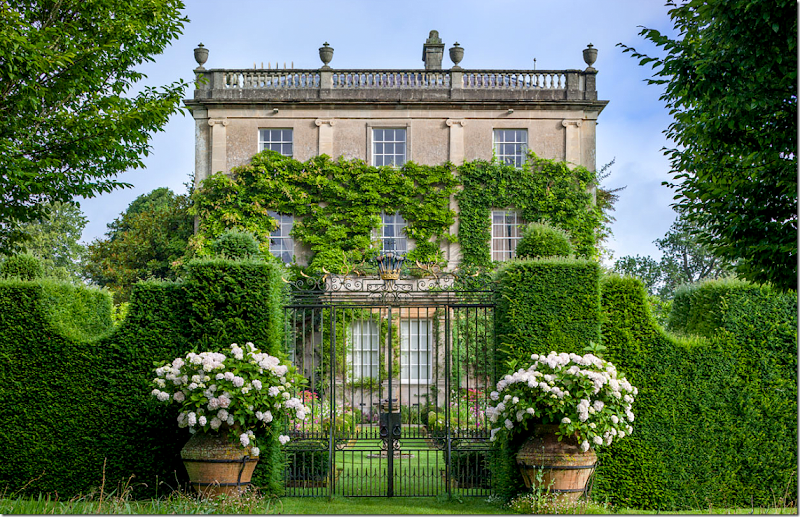

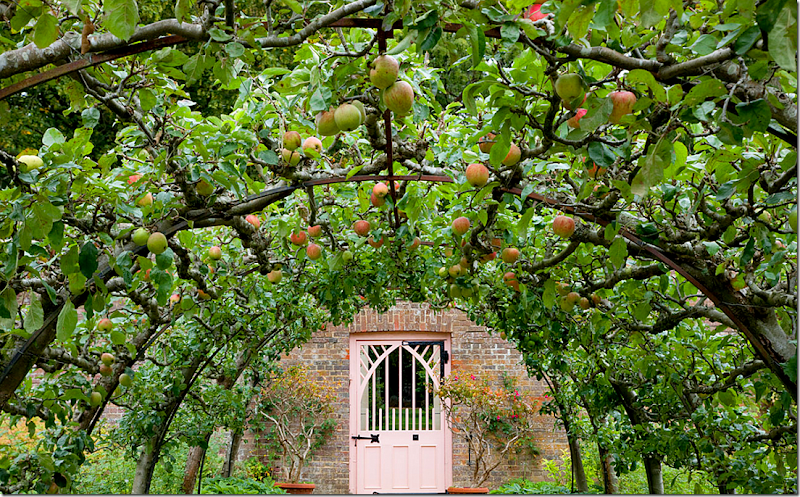
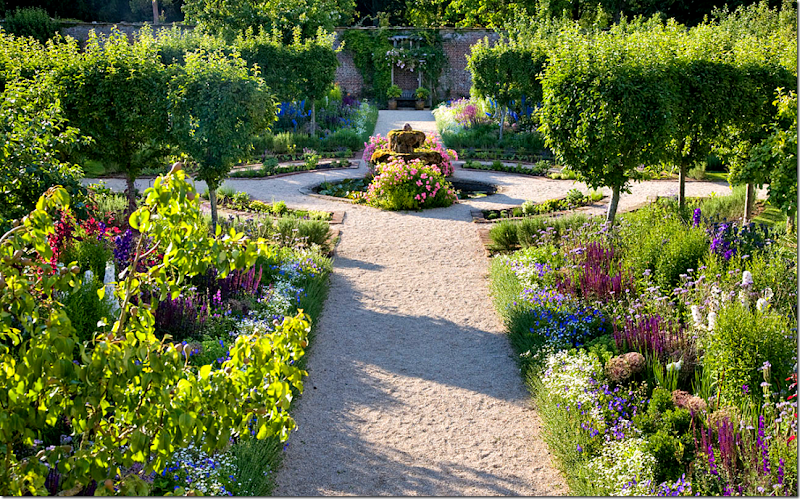
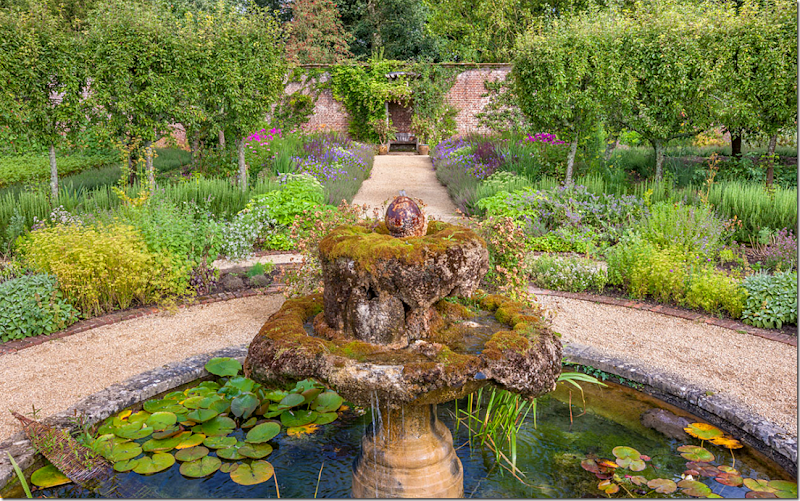

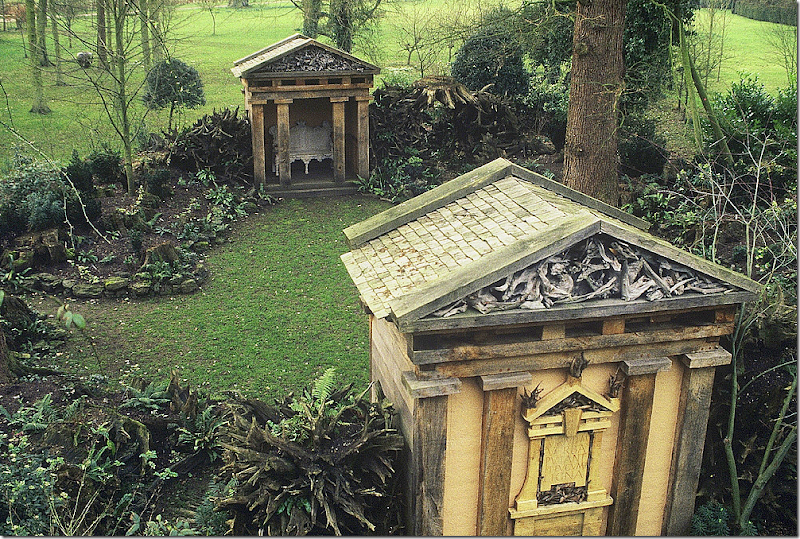
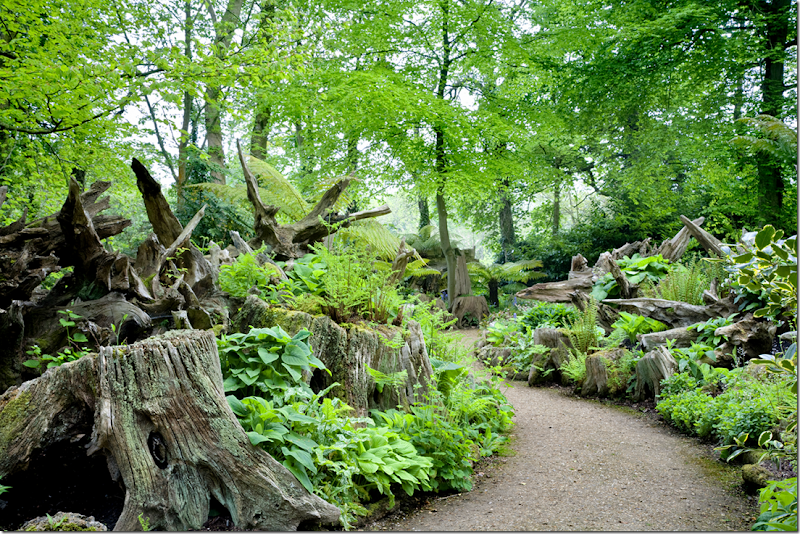
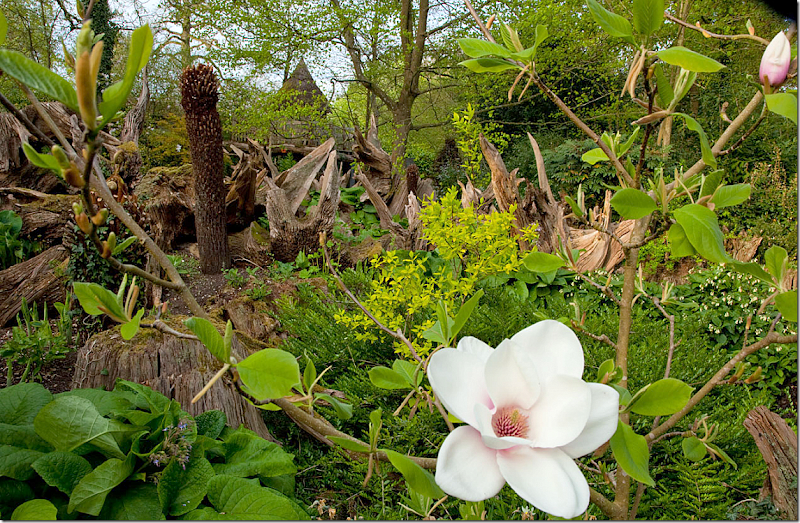


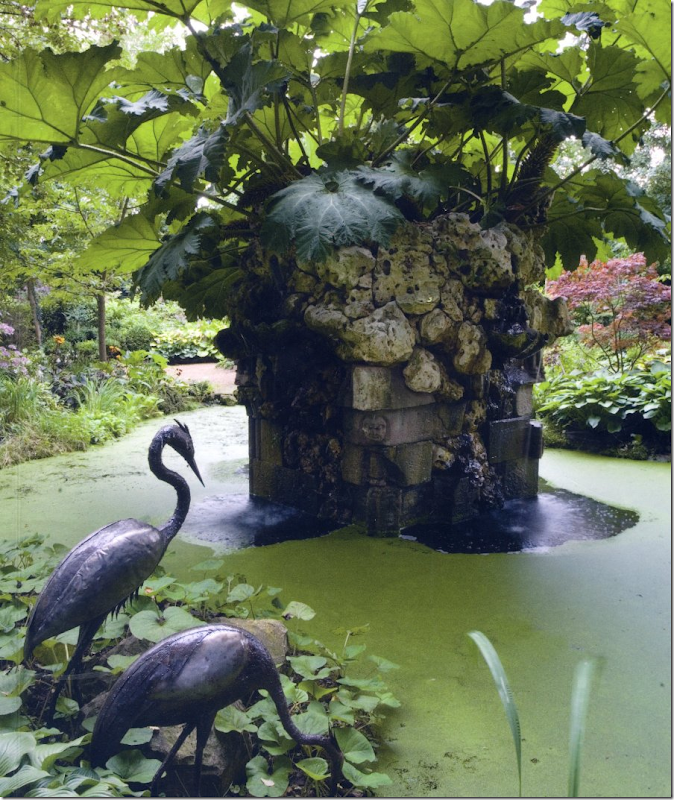
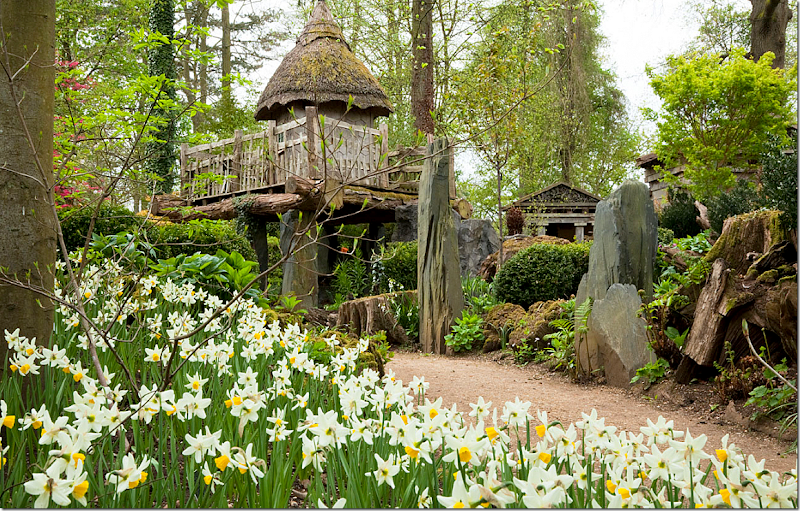
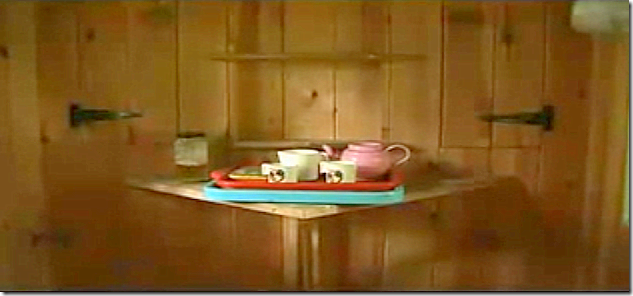
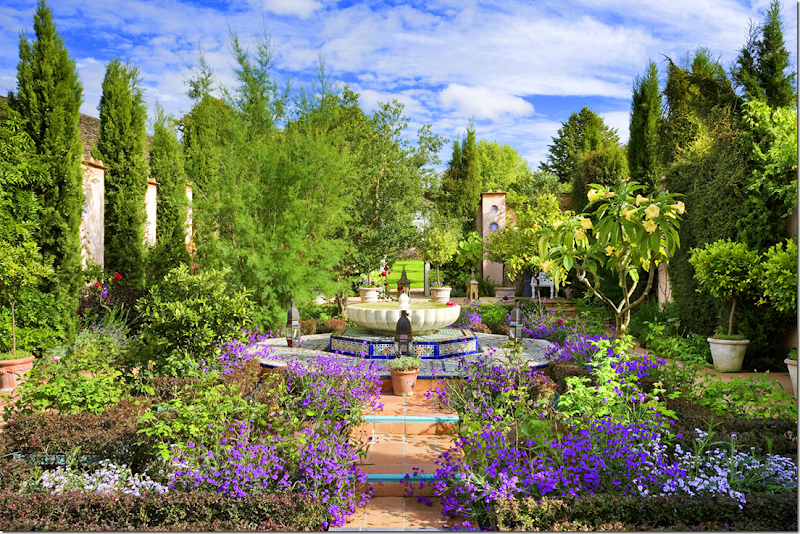
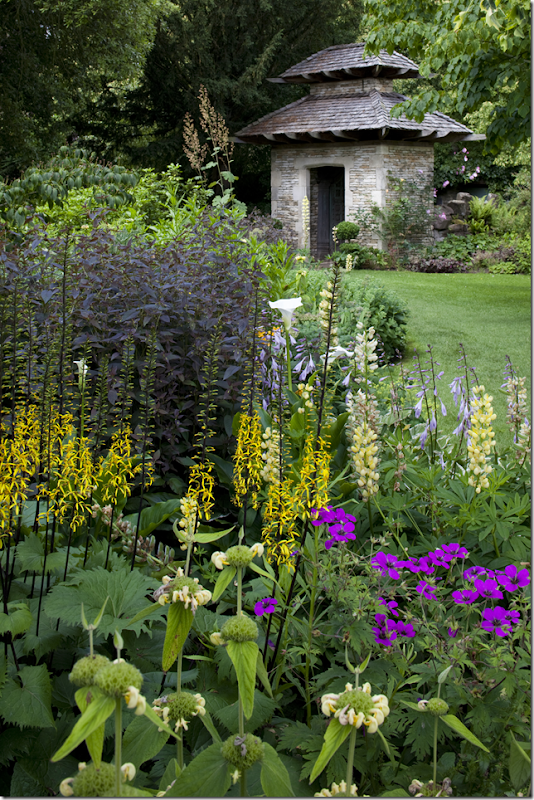
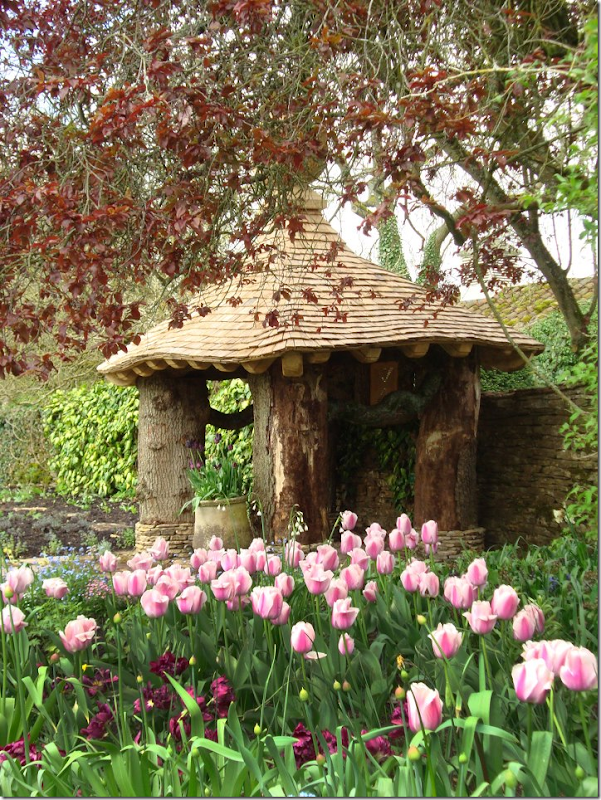


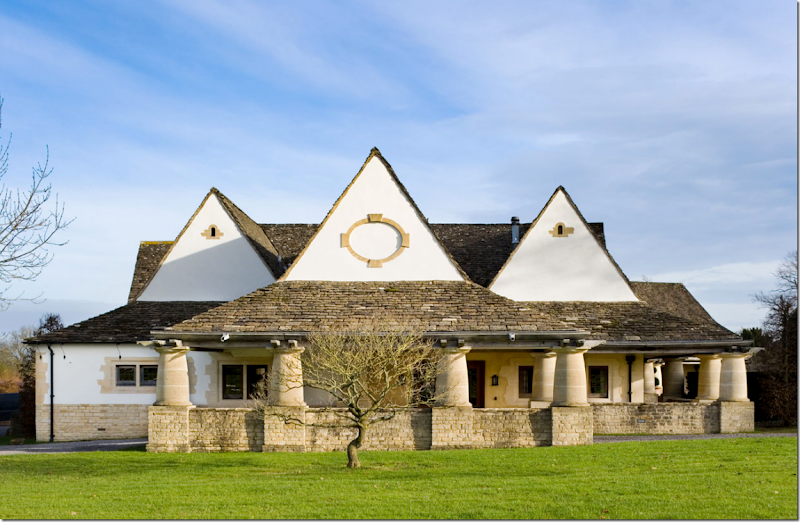
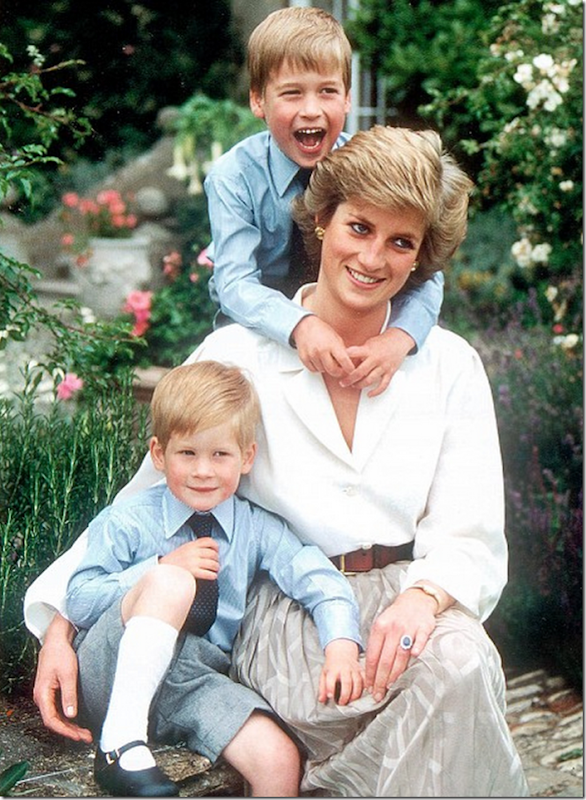

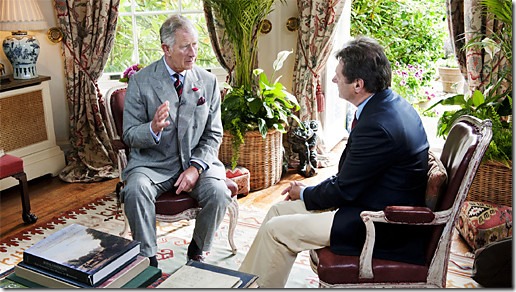
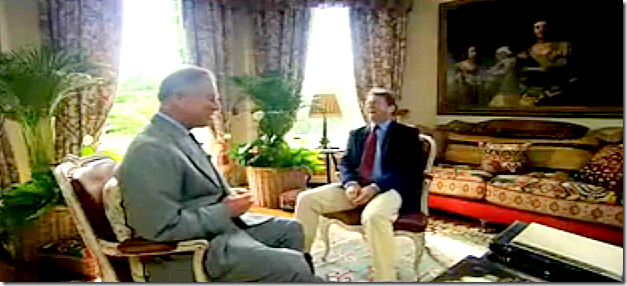
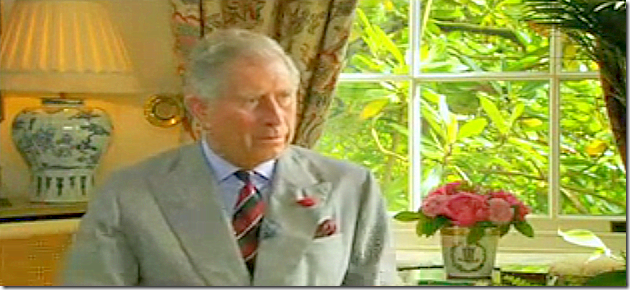
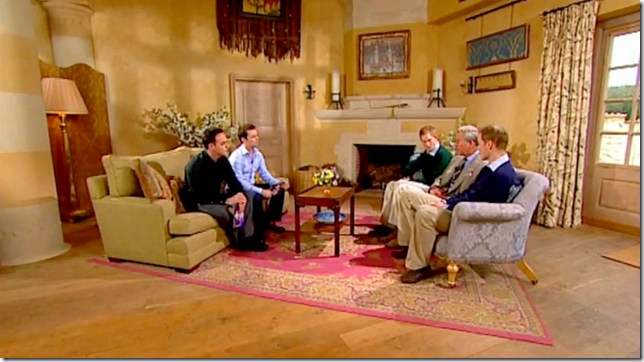
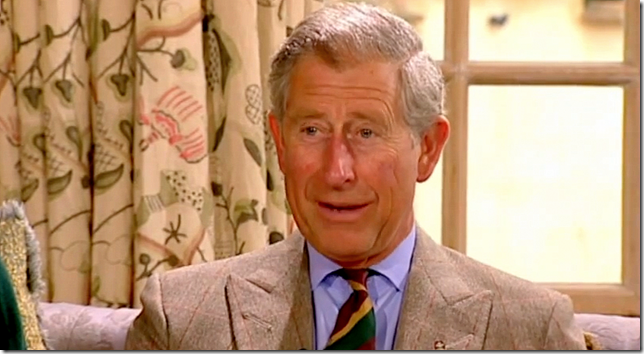
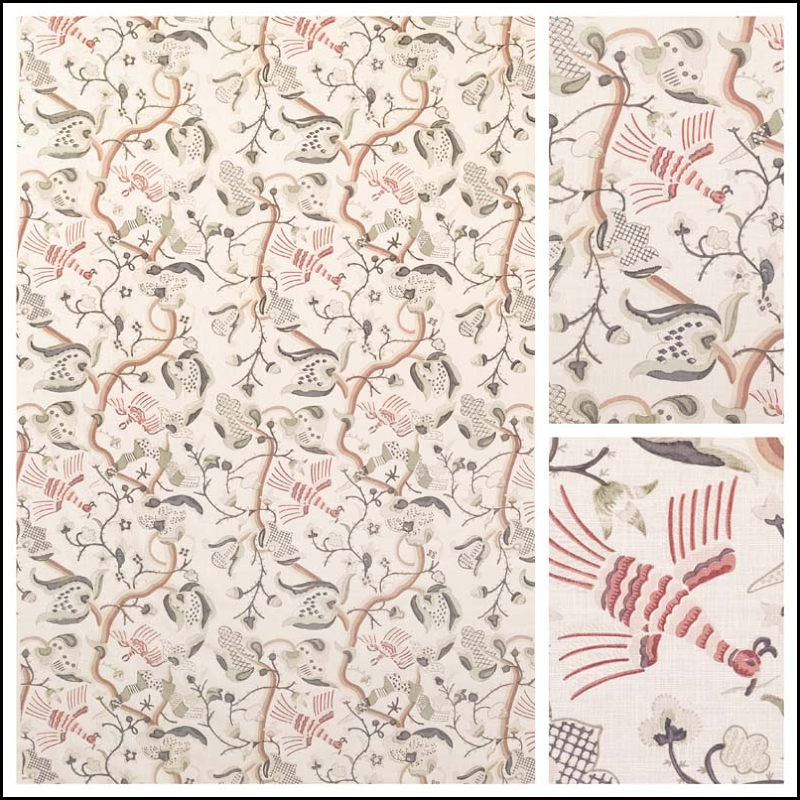

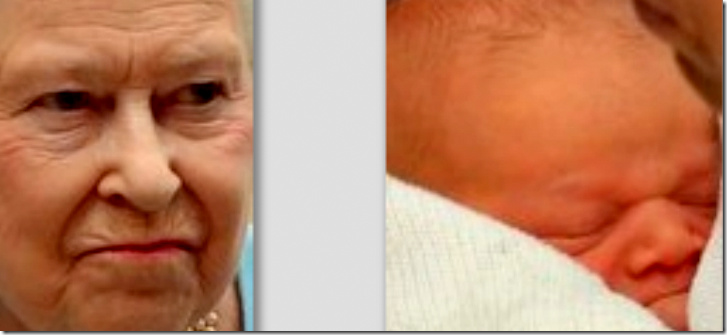

0 comments:
Post a Comment